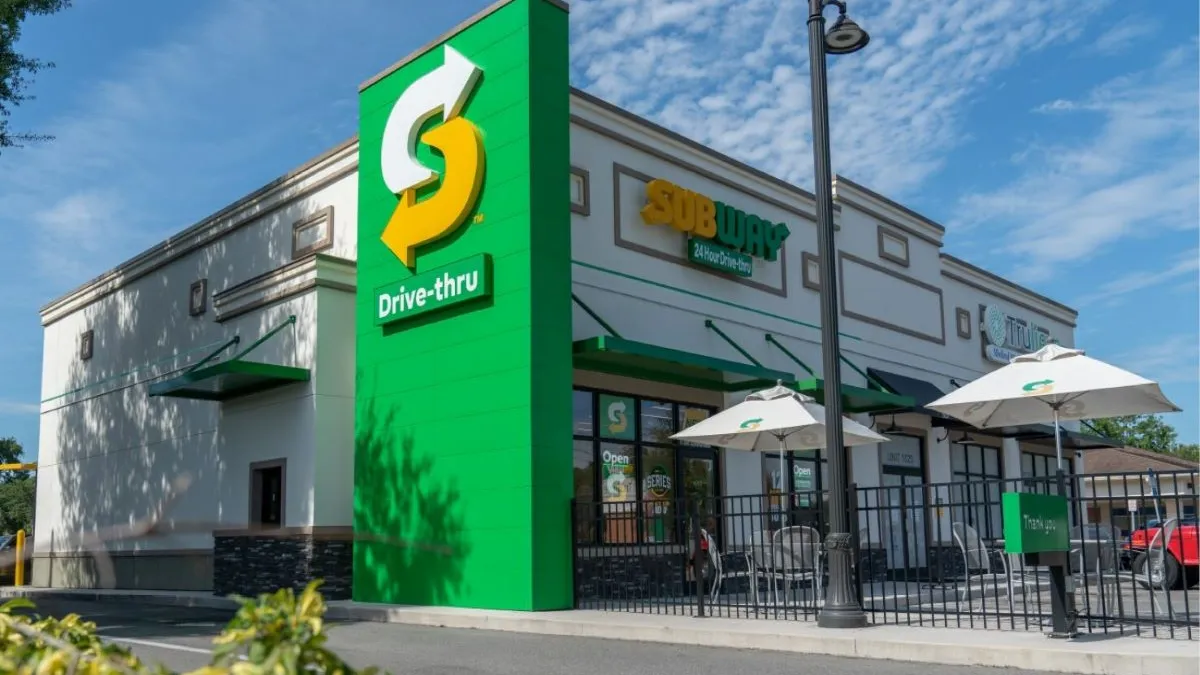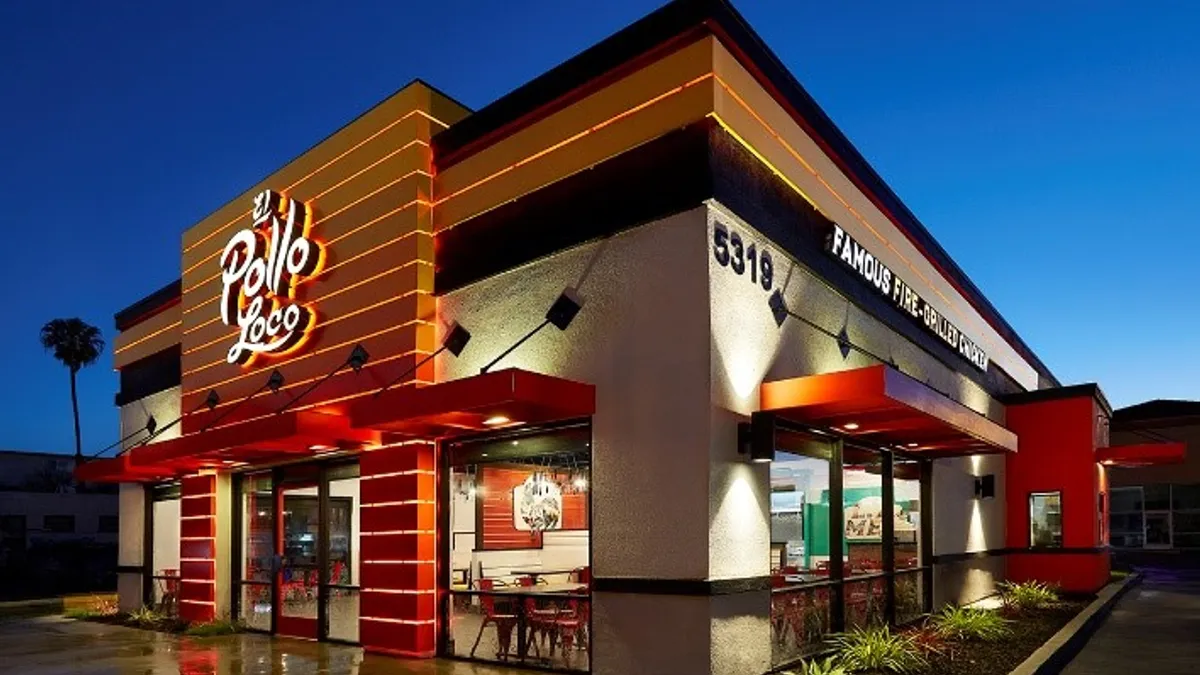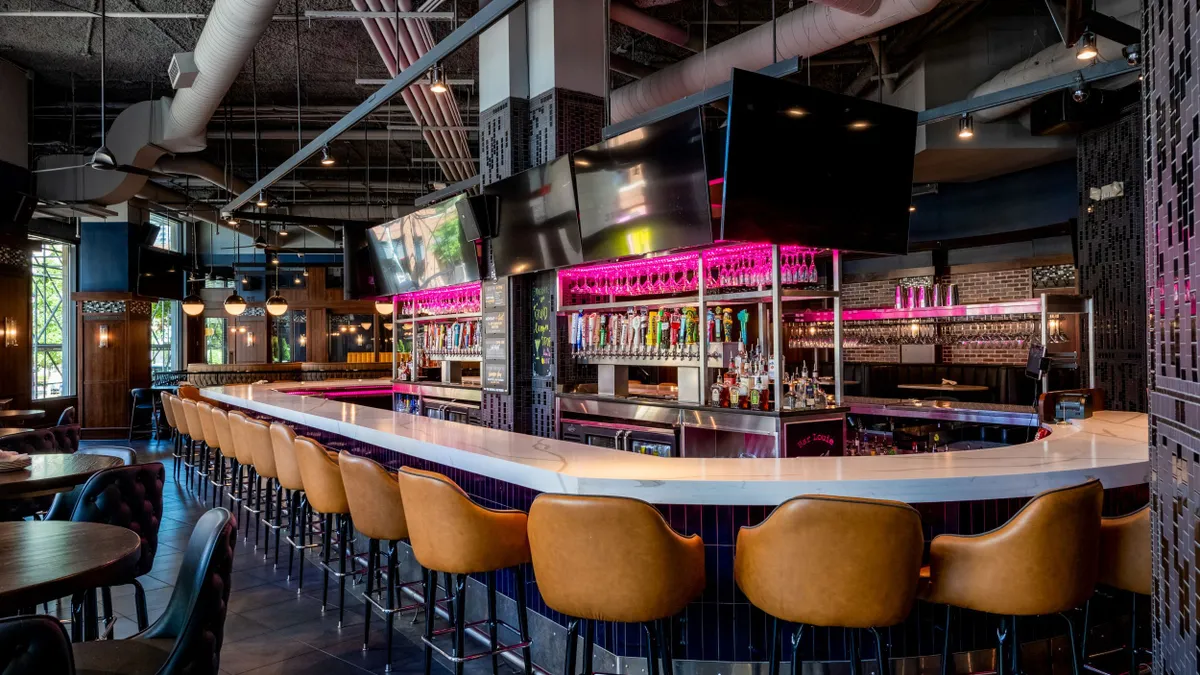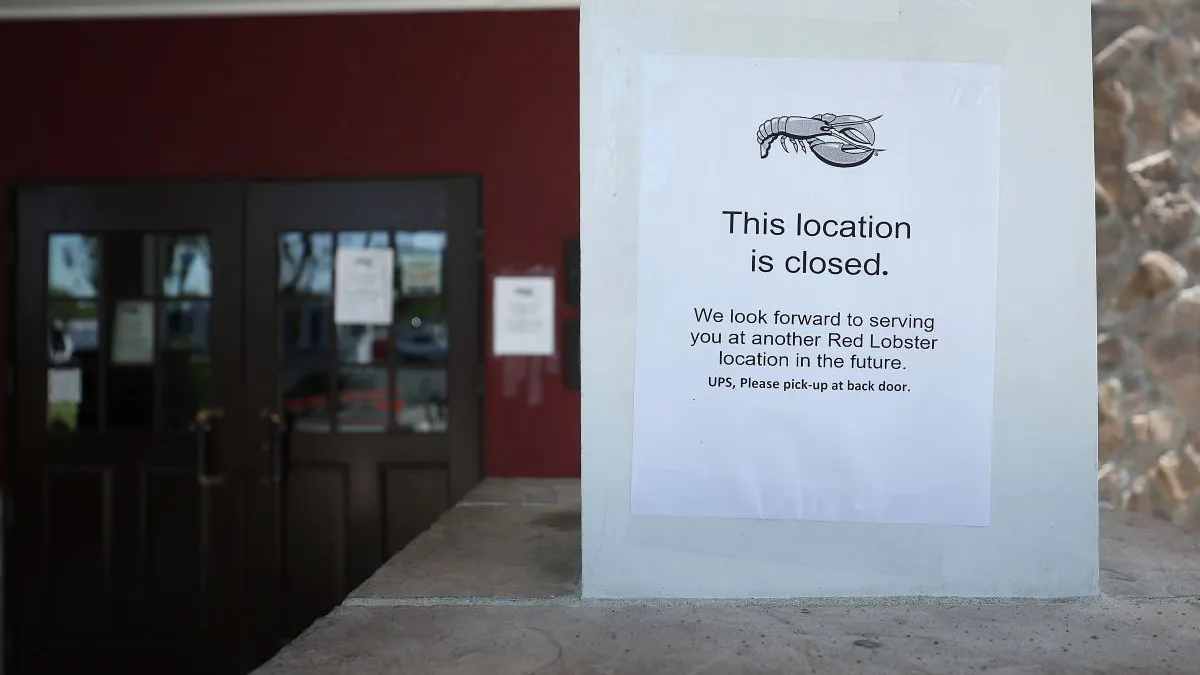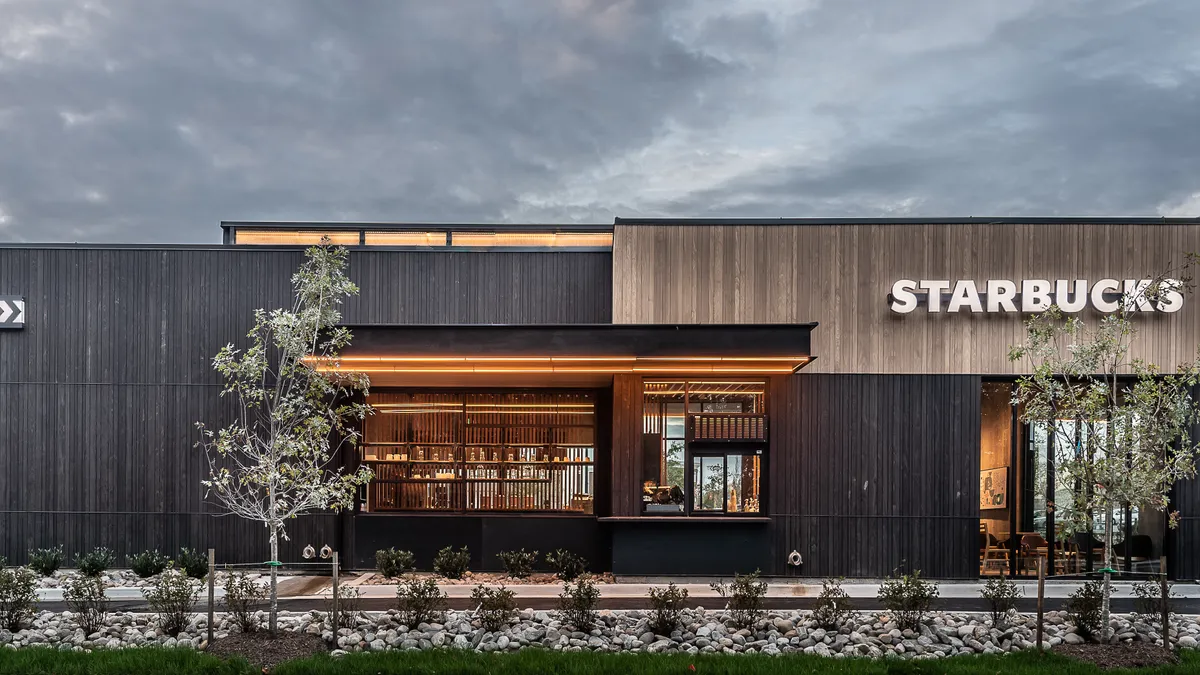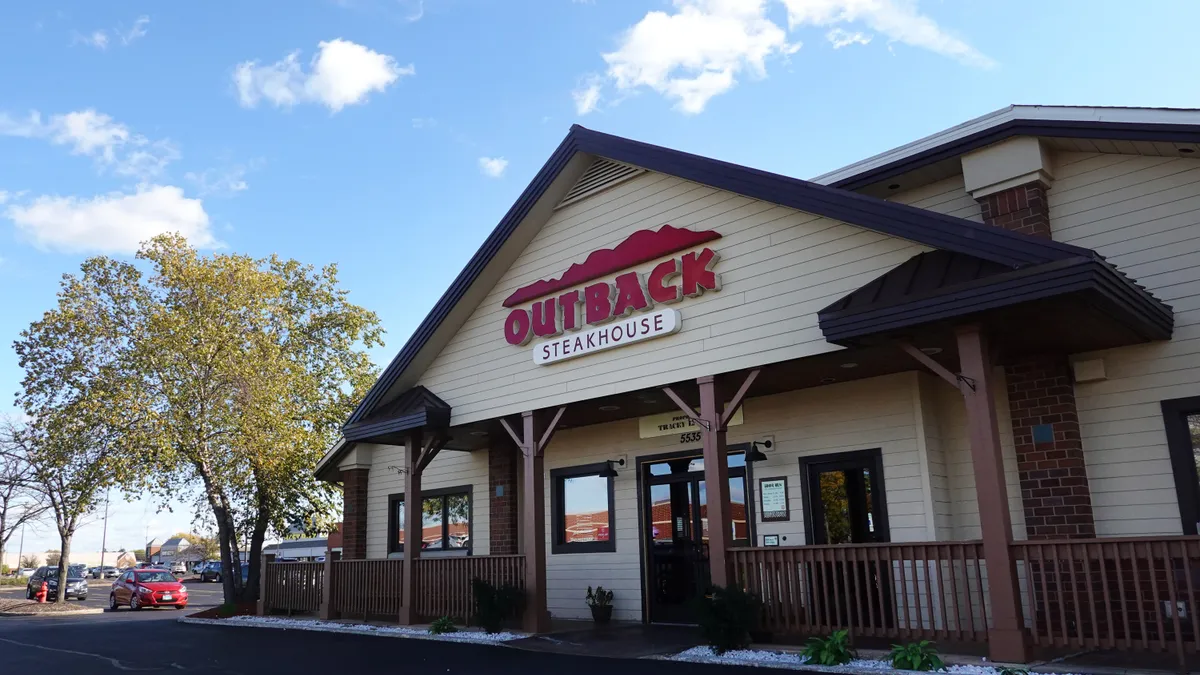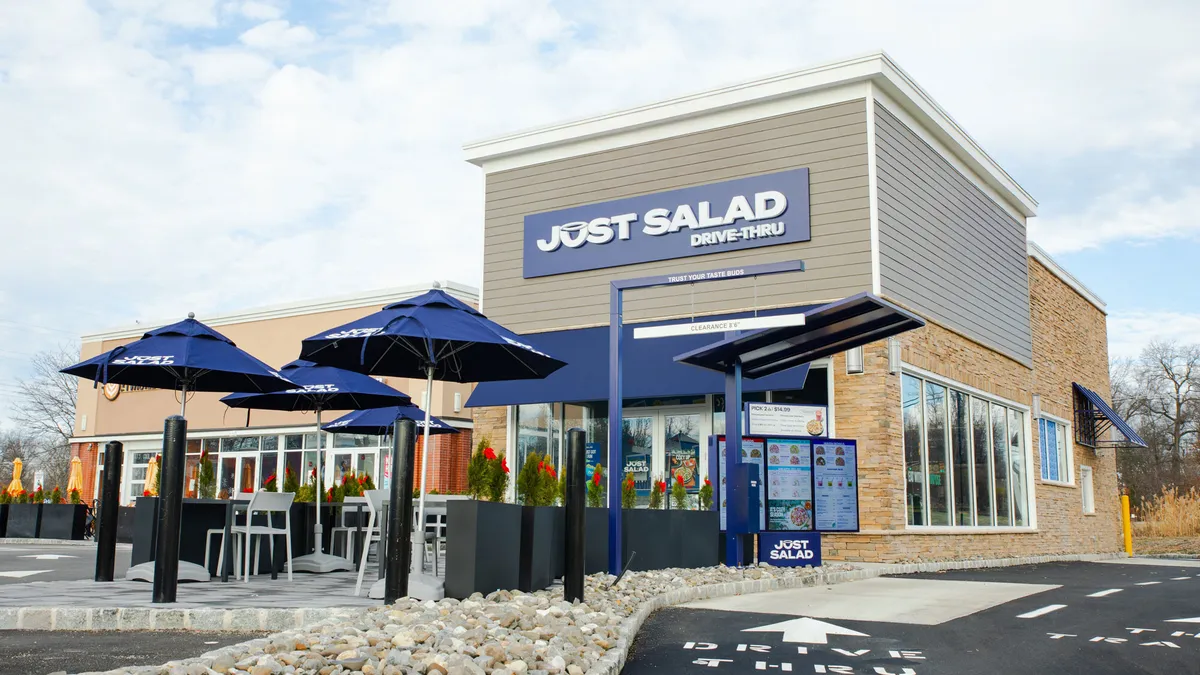From closing thousands of units to franchisee troubles and low store-level average unit volumes, Subway has had a tough couple of years. But the chain’s future could look a lot different, especially for operators, now that Roark Capital has agreed to buy it.
While it’s difficult to determine what exactly this will mean for Subway’s franchisees, on a high level, this could be positive, said Ab Igram, executive director of Babson College’s Tariq Farid Franchise Institute.
“Roark … is an experienced private equity investor, not only in franchising, but in restaurants and large brands,” Igram said. “I would see that as a good sign that there is interest and a view of the potential of the brand by … a smart investor.”
Subway’s ongoing growth strategies, which include menu changes, redesigns across its system, a focus on multi-unit franchisees and domestic and international unit growth, will continue under Roark. The new parent company could provide Subway with additional knowledge and expertise on how to grow chains, especially because Roark also owns Focus Brands and Inspire Brands and can draw from its strategies for those companies.
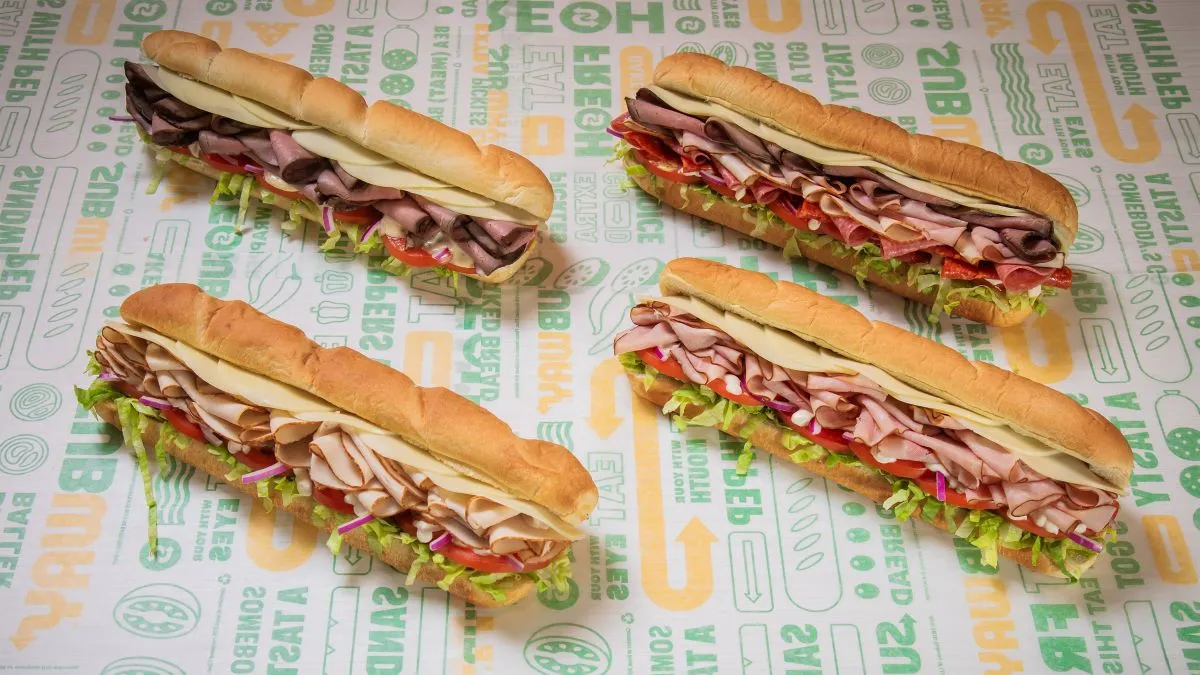
Growth opportunities for Subway
Roark’s experience with large acquisitions and franchised brands could make this ownership transition a net positive for Subway, and it’s unlikely management will change, Igram said.
“Roark’s previous experience with franchising and outlet expansion through their investment in other restaurant groups will likely lead to a large expansion of Subway outlets, with a focus on international markets,” Dorothy Calba, senior research manager at Euromonitor International, wrote in an email to Restaurant Dive.
Subway has also made some good progress on turning itself around within the last 18 months to two years, Igram said.
“Subway has since 2021 been turning sales around by looking to focus on quality perception and investing in marketing,” Calba said. “This sale should help this investment and push forward quality initiatives like the nationwide rollout of in-house meat slicers.”
In 2022, Subway accounted for over 14% of sales within the global bakery products limited service restaurant segment, according to Euromonitor International. In the U.S., Subway captured 19% of sales in the sector last year, securing the top position in the segment. Last year, Subway had over 37,000 units. The bakery products limited service sector is also growing in general, reaching $54 billion in sales — an uptick of 14% compared to 2017, Euromonitor said.
Subway’s traffic has also improved this year, according to data from Placer.ai. Within the past six out of seven months, monthly traffic was positive year-over-year, even though it lags behind pre-pandemic levels. In July, traffic was up 0.4% year-over-year, but was still down 18.5% compared to four years ago.
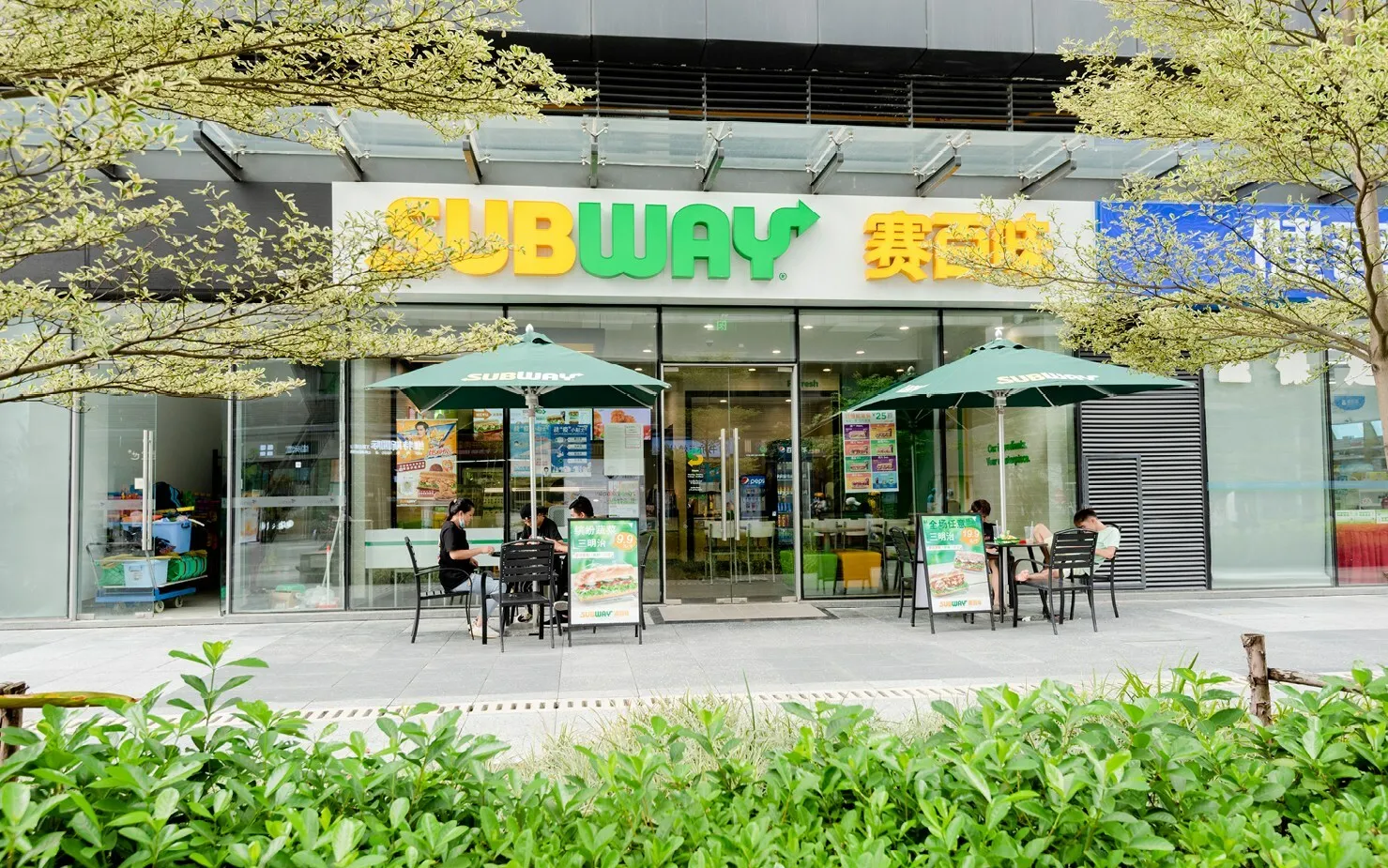
Sandwich competition is still fierce
Even though Subway is the largest sub sandwich chain in the U.S., competition has been growing since the mid-2010s as more companies enter the segment, Calba said. Rival restaurant companies have been expanding faster and posting higher sales per outlet, as well, she said.
“When you look at some of the other brands in that space, whether it be Jersey Mike’s or others, I think [Subway management] would need to explore and look at how they can improve their average unit volumes for their locations and drive more revenue in the store, which bodes well for [Subway] franchisees if they’re operating at good margins,” Igram said.
Subway’s average unit volumes are estimated to be less than $500,000, according to Reuters. Comparatively, Jersey Mike’s and Firehouse Subs have AUVs of over $1.1 million and $900,000, respectively. Subway’s AUVs have never surpassed $500,000 within the last decade either, according to Restaurant Business. The company has also struggled with unit growth for years, closing nearly 5,000 restaurants from 2017 to 2021.
Subway has been pushing for more growth, signing a 4,000-unit deal in China over the next 20 years. It also plans to increase new openings within North America by about 35% in 2023, compared to last year.
“[Subway] continues to talk about store openings, so that's something to keep an eye on, whether that’s internationally or in the United States, but they’ve indicated a desire to open more units,” Igram said.
The pace of that growth, especially in the U.S., could depend on improved four-wall economics. Even with Subway moving toward adding more multi-unit operators to its system, existing franchisees may be waiting to see if there is a good return on their investment to open new stores. Earlier this year, the company shifted 230 units to five multi-unit owners, who will remodel stores and open new units in the future.
“It’s a dance to figure out if it’s worthwhile to open new stores,” Igram said.
Despite challenges with unit-level profitability, Subway’s North American same-store sales were up 9.3% during the first half of the year.
“Sales for Subway have been very solid so far in 2023 and this sale is promising in terms of their future growth,” Calba said.
Aneurin Canham-Clyne contributed to this article.



